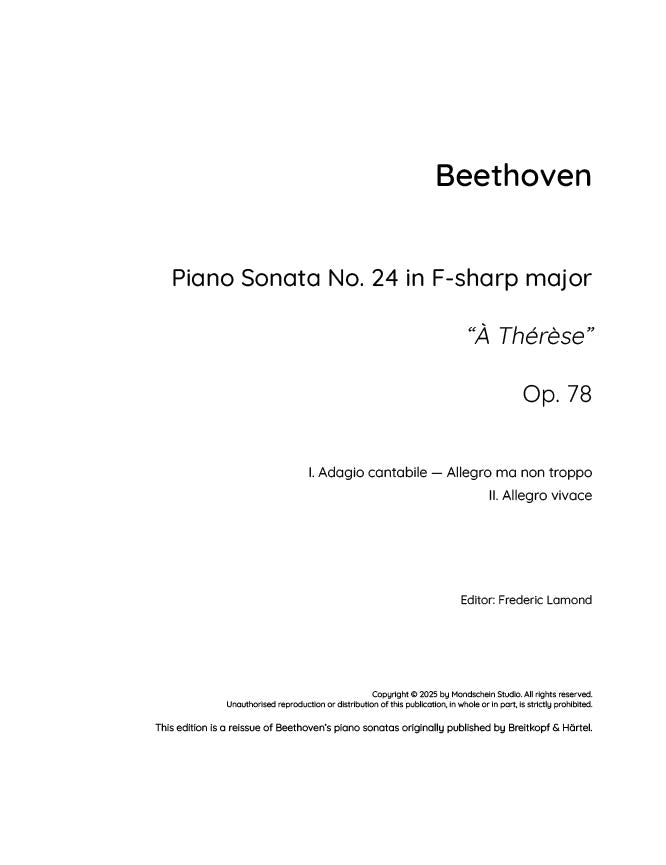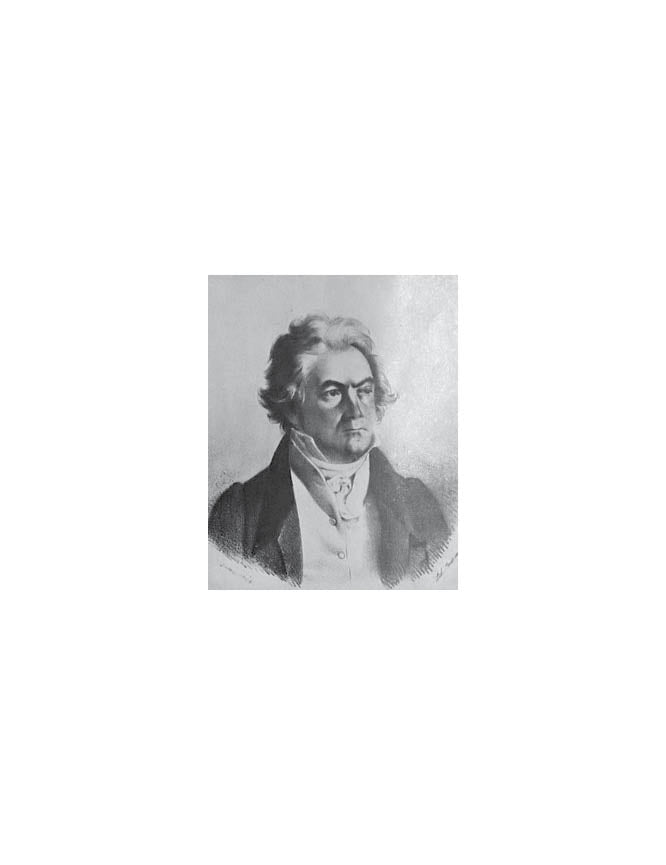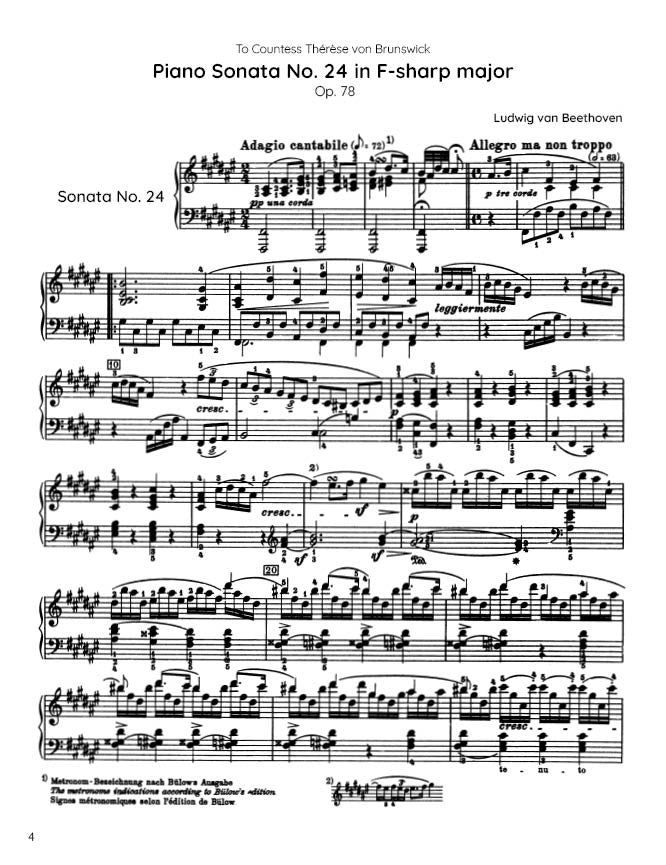Beethoven - Piano Sonata No. 24, Op. 78 "À Thérèse" (PDF Sheet Music / Digital Download)
Beethoven - Piano Sonata No. 24, Op. 78 "À Thérèse" (PDF Sheet Music / Digital Download)
Couldn't load pickup availability
Introducing the Beethoven Piano Sonata No. 24 in F-sharp major, Op. 78, "À Thérèse" – a delightful and often-underestimated work that marks a turning point in Beethoven's compositional style.
Composed in 1809, this sonata stands apart from its more monumental predecessors like the "Appassionata." It is a concise and intimate piece, reflecting a period of exploration in Beethoven's writing, moving towards the more introspective and complex textures of his late period. Its affectionate nickname, "À Thérèse," refers to Countess Therese von Brunswick, a close friend, former piano student, and arguably one of the most important women in Beethoven's life (and a sister to Franz von Brunswick, to whom the "Appassionata" was dedicated).
About the editor
Frederic Lamond occupies a significant position in the historical lineage of Beethoven interpreters, his influence extending profoundly to the piano sonatas. A direct pupil of Franz Liszt—who himself maintained connections to Beethoven's circle through Carl Czerny—Lamond was a dedicated custodian of a grand tradition in Beethoven performance. His interpretations, documented in recordings from the 1920s and 1930s, are often characterised by their robust character, dramatic contrasts, and an almost improvisatory freedom, reflecting a less overtly "perfected" but deeply personal engagement with the music.
Crucially, Lamond's legacy is also cemented by his own 1923 edition of the complete Beethoven Piano Sonatas, published by Breitkopf & Härtel. This edition stands apart from many contemporary "instructive editions" by its meticulous respect for the musical text; Lamond chose not to directly alter the printed notes. Instead, his contribution lies in the provision of insightful fingerings and illuminating interpretive suggestions, often presented as judicious footnotes. These annotations guide pianists on nuanced aspects such as ornamentation and the precise execution of pauses, offering a unique and invaluable historical perspective on performance practice. Lamond's edition thus serves as an essential resource for serious musicians seeking a profound understanding of Beethoven's keyboard masterworks.
Share








